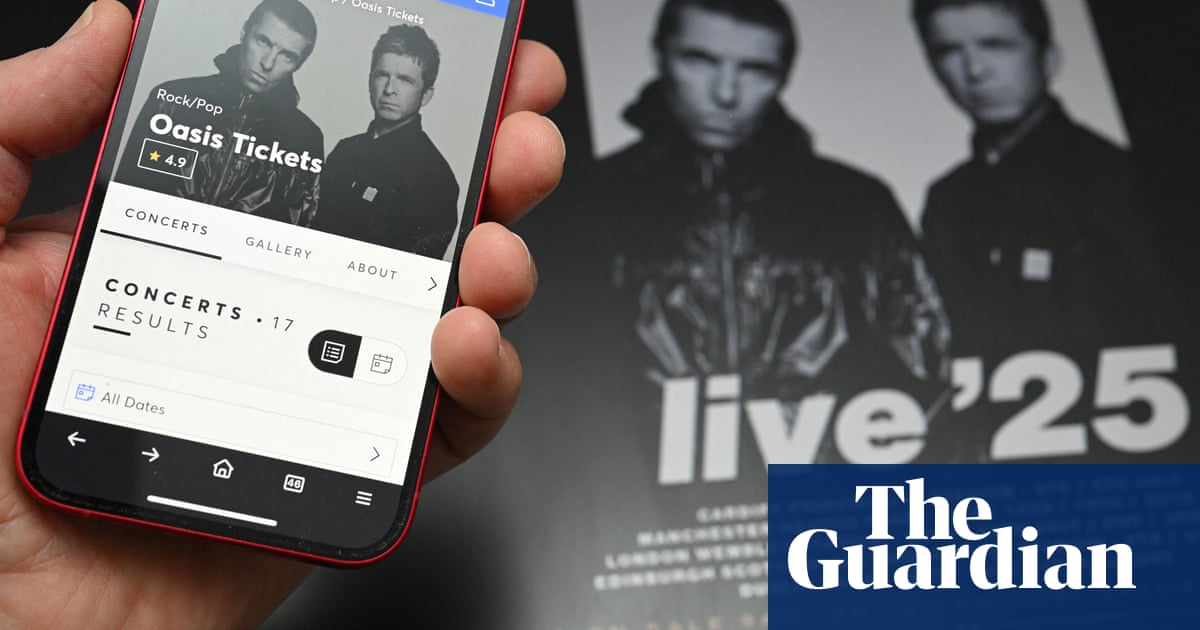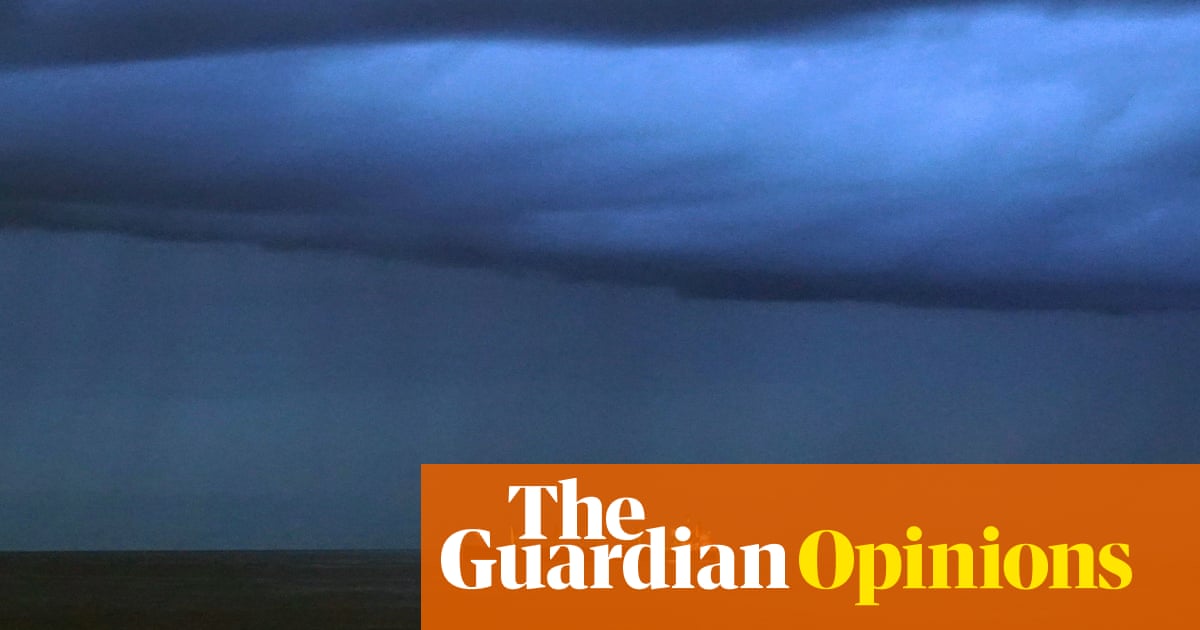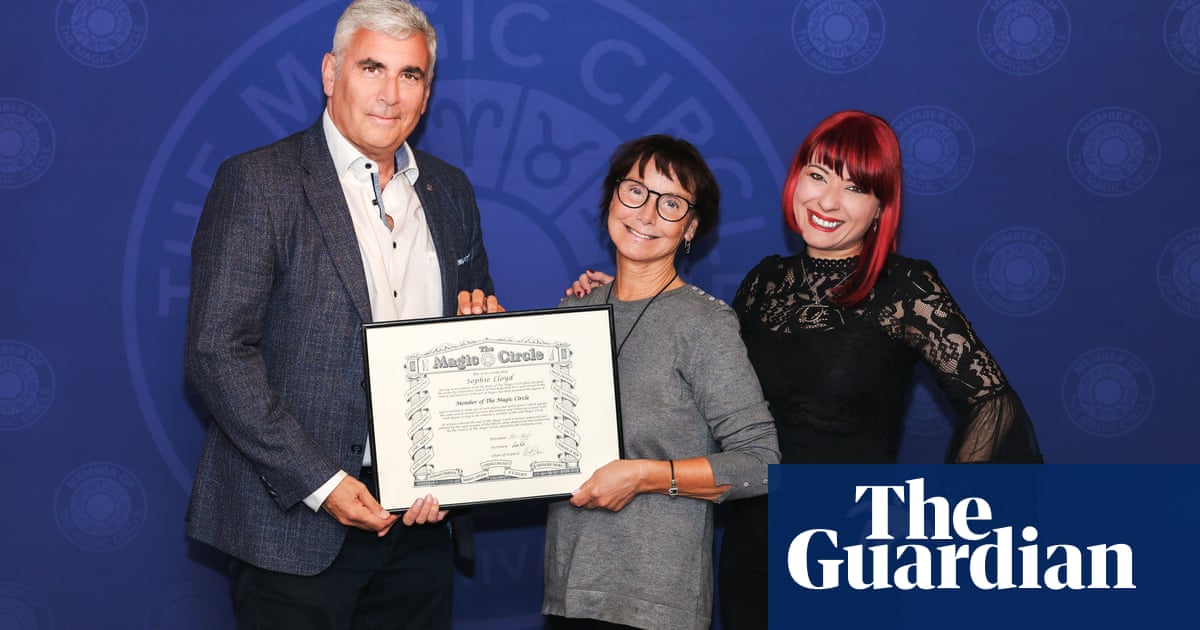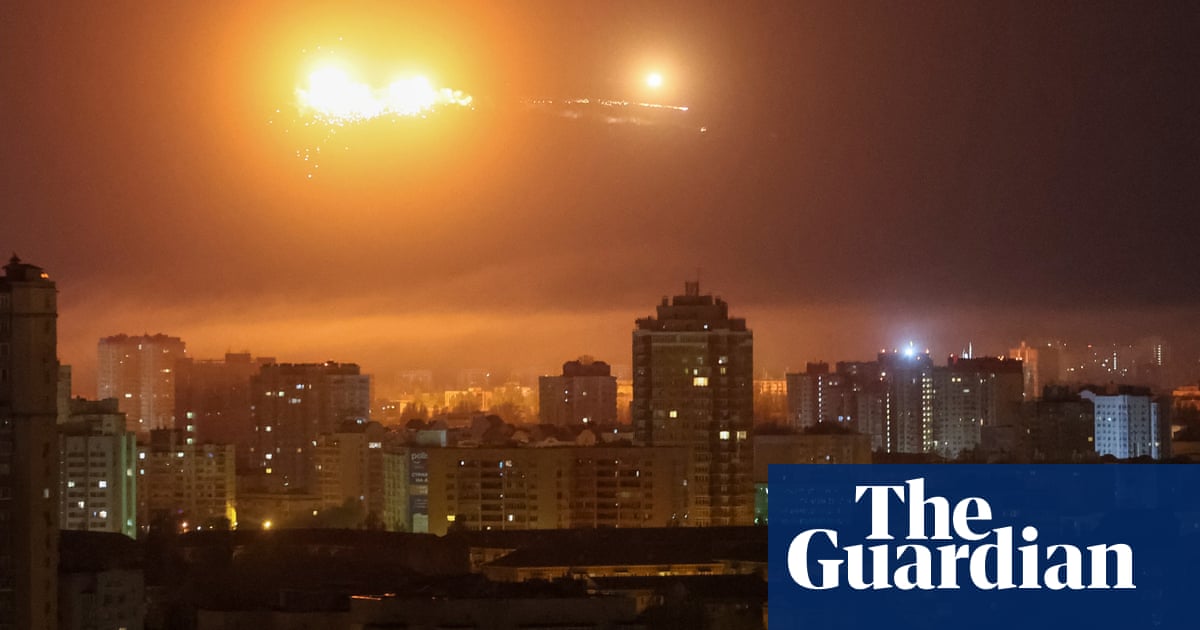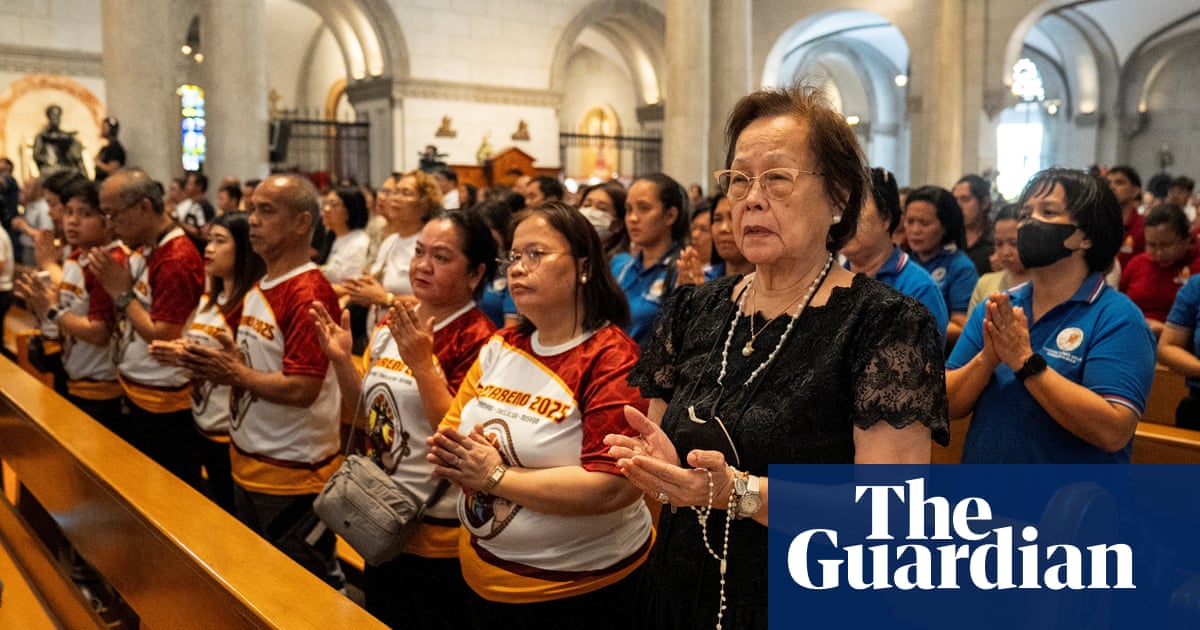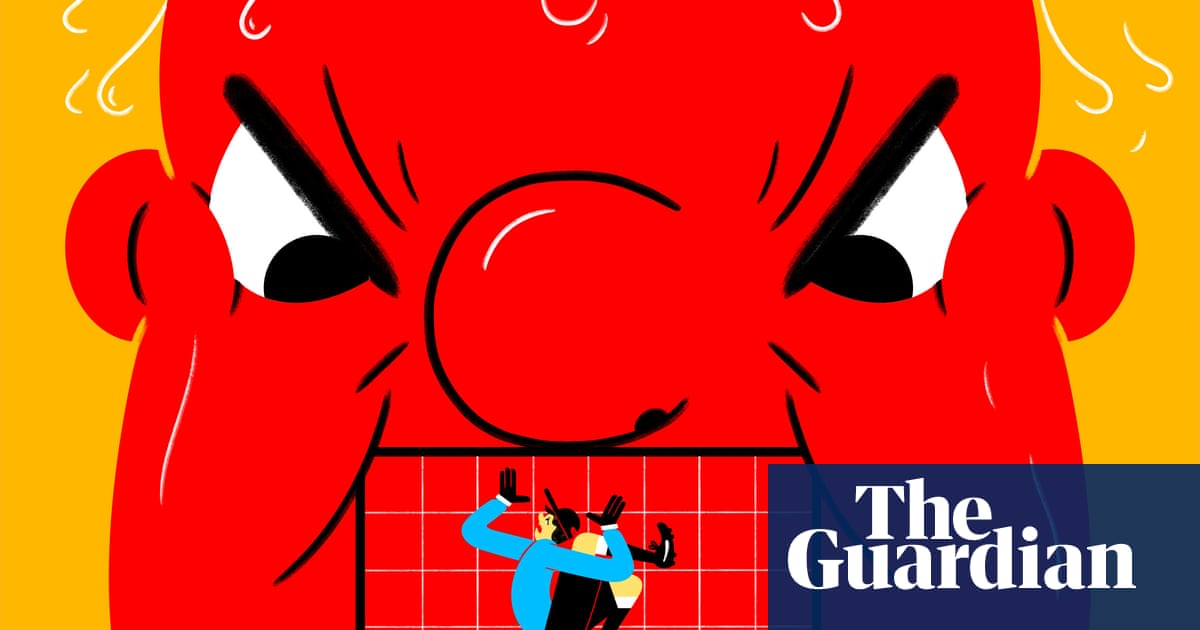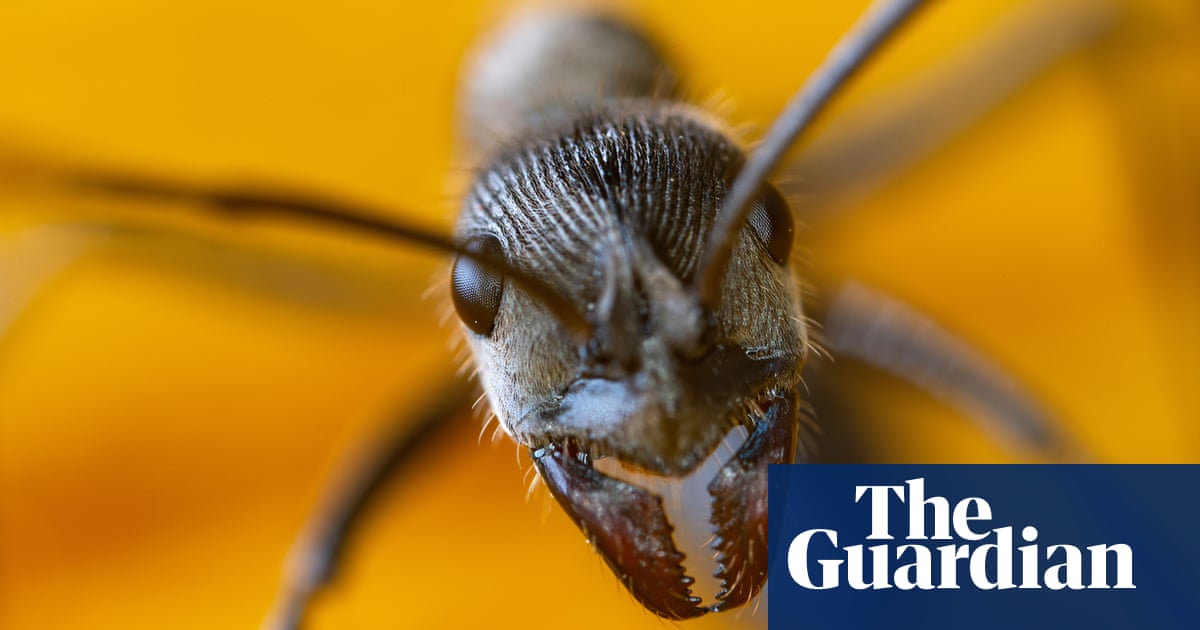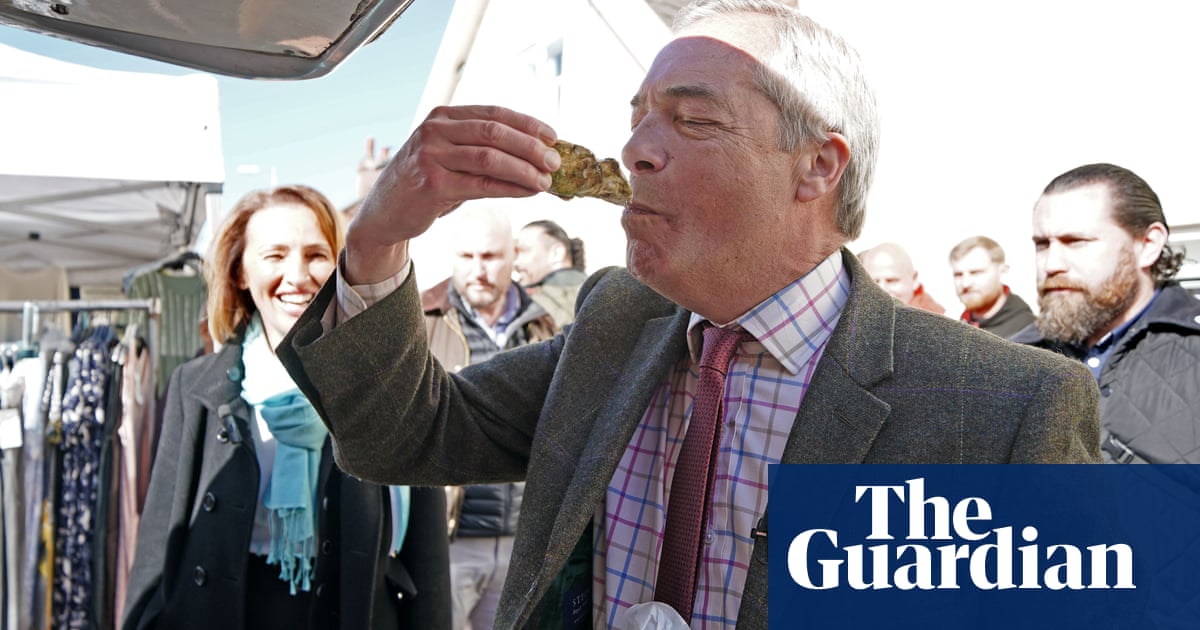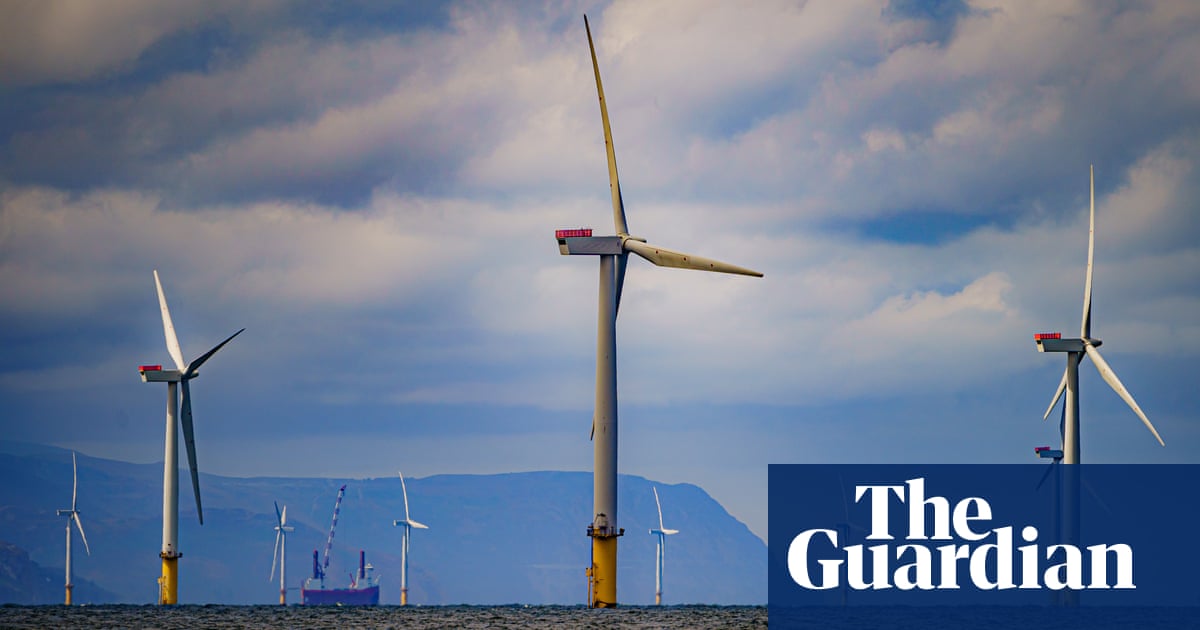On a glorious spring day almost a decade ago, an Airbus A320 took off from Mytilene airport on the Greek island of Lesbos. For what seemed like an age, a small group of bystanders, including officials and the media, watched in disbelief until the plane veered left over the sun-speckled Aegean Sea and its Alitalia livery could no longer be discerned. On board was Pope Francis, who had spent barely five hours on Lesbos, then at the centre of the refugee crisis on Europe’s eastern fringes.
The whirlwind tour had been replete with symbolism but it was the pontiff’s fellow travellers who had caused such surprise. Moments after the head of the Roman Catholic Church had entered the aircraft, 12 refugees had also appeared, cheerfully making their way across the runway with expressions of stunned relief, their first taste of freedom after incarceration in the island’s notorious “reception” centre.
“The pope has desired to make a gesture of welcome regarding refugees, accompanying on his plane to Rome three families from Syria, 12 people in all, including six children,” said a spokesperson from the Holy See. “Two families come from Damascus, and one from Deir ez-Zor. Their homes had been bombed. The Vatican will take responsibility for bringing in and maintaining [them].”
It was 16 April 2016. Francis had assumed the papacy three years, one month and four days earlier. By the time of his visit to the Greek outpost more than 1 million people had traversed Lesbos on their way to Europe, mostly from Syria but also from other parts of Asia and Africa.
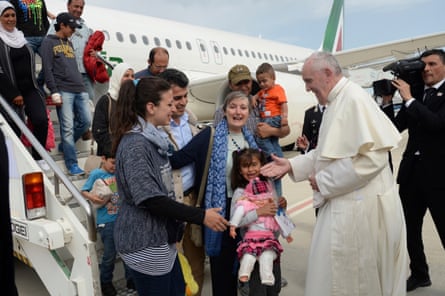
The island had become synonymous with the biggest mass movement of men, women and children since the second world war; its rocky shores and sandy beaches covered with hundreds of thousands of lifejackets and broken rubber boats – the detritus of survival and death. Local officials had lost count of those who had perished in its waters. “Before they are numbers, refugees are first and foremost human beings,” the pope told assembled dignitaries, who included the ecumenical patriarch, Bartholomew I, the leader of the world’s Orthodox faithful, before throwing a wreath into the sea to commemorate those who had lost their lives to it.
The oldest child of Italians who migrated to Argentina, the former Jesuit priest had, from the start, made the defence of refugees a cornerstone of his papacy, ensuring in July 2013 that his first pastoral trip outside Rome was to the remote island of Lampedusa.
The tiny rocky strip had emerged as a magnet for smuggling rings bringing people across the Mediterranean from north Africa.
In what would be described as a spur-of-the-moment decision, Francis elected to visit the island in the wake of migrant deaths in a fatal crossing. Residents who cried “viva il Papa” as he was whisked round in an open-topped Fiat voiced incredulity that the Catholic leader would choose to travel to the farthest reaches of Italy for an official tour dedicated solely to migrants and refugees.
But the pilgrimage had a goal. For Francis it amounted to the symbolic embrace of something much wider; the beginning of a pontificate that deliberately sought to minister to the marginalised and poor.
In Lampedusa – as in Lesbos three years later – the pope was as determined to express compassion for the living as for those who had died embarking on perilous journeys. “Who wept for these people who were aboard the boat?” he asked during an open-air mass after tossing a wreath into the sea in their memory. “For the young mothers who brought their babies? For these men who wanted to support their families? We are a society that has forgotten how to cry.”
Later he would confide that the tragedy in Lampedusa had “made me feel the duty to travel” in an effort to not only highlight the plight of refugees but “encourage the seeds of hope that are there”.
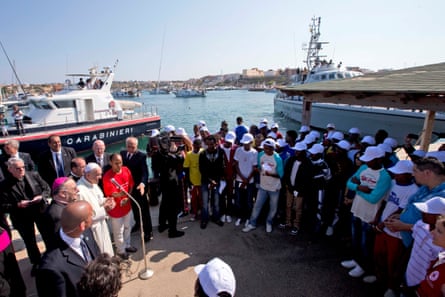
It was a theme that the progressive reformer would revisit when, as the first pontiff to address the US Congress in 2015, he invoked his family’s own immigrant background as he appealed to lawmakers to embrace, rather than fear, refugees. Europe, he repeatedly said, had a moral obligation to support the countries from which migrants hailed.
In December 2021 Francis again travelled to the fringes of the continent on a five-day tour that took in Cyprus and Greece. Despite the “small flocks” of Catholics in both countries, he felt another trip was needed not only to allow him “to drink from the ancient wellsprings of Europe” but to focus on those landing on their shores. Before he flew to Cyprus he had promised to relocate 50 vulnerable asylum seekers to Italy.
But five years after stunning Europe’s political elite by flying back to Rome from Lesbos with 12 refugees, it was clear that migration policies, globally, had hardened with governments resorting to increasingly violent methods, including pushbacks, to keep arrivals at bay.
While migration remained “a humanitarian crisis that concerns everyone”, the Mediterranean, Francis lamented, had become a “desolate sea of death”, because Europe had failed to heed the lessons from history.
“Please let us stop this shipwreck of civilisation,” he pleaded in an address before the Greek president during a second lightning trip to Lesbos. “I ask every man and woman, all of us, to overcome the paralysis of fear, the indifference that kills, the cynical disregard that nonchalantly condemns to death those on the fringes.”
In Cyprus he went further, condemning the “slavery” and “torture” often suffered by refugees. “It reminds us of the history of the last century of the Nazis, of Stalin,” he said as startled local officials looked on during a prayer service held for immigrants in Nicosia, the island’s war-split capital. “And we wonder how this could have happened.”
In the face of such “cruelty”, Francis allowed his language to become more forceful. In 2024 he dubbed the “systematic work” of governments to deter migrants a “grave sin.” Earlier this year he rebuked the Trump administration for its migrant crackdown, saying its mass deportation plans amounted to a major crisis that would “damage the dignity of many men and women”. In an extraordinary step, he berated the vice-president, JD Vance, a Catholic convert – who he would go on to meet on Easter Sunday hours before his death - for his theological defence of deportations.
On the peripheries of Europe, the migrant crisis may have somewhat waned, but in Lesbos and other places where people continue to arrive, albeit in smaller numbers, locals and newcomers are now bonded by the knowledge that with Francis’ passing they have lost one of their greatest champions yet.

.png) 2 hours ago
2
2 hours ago
2
